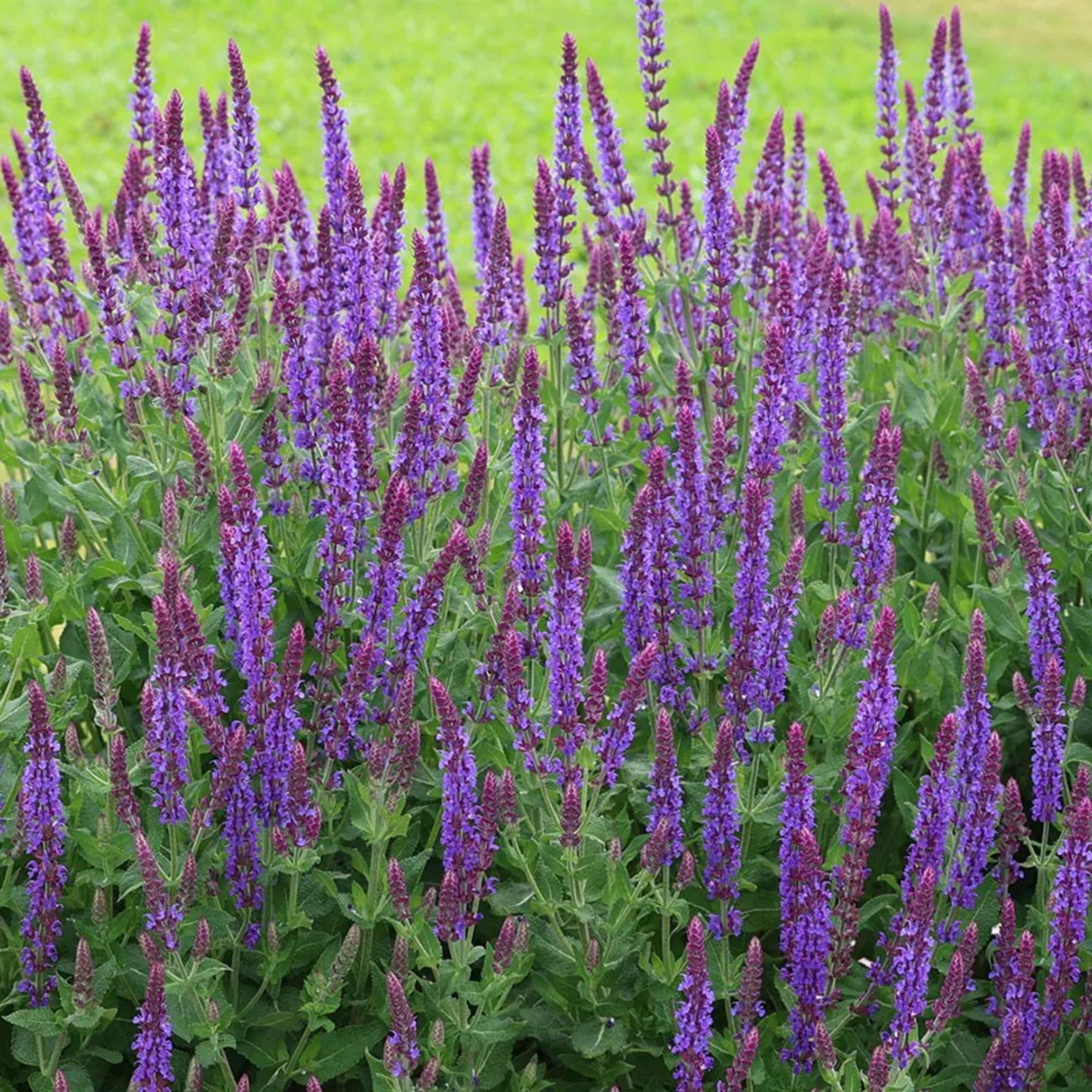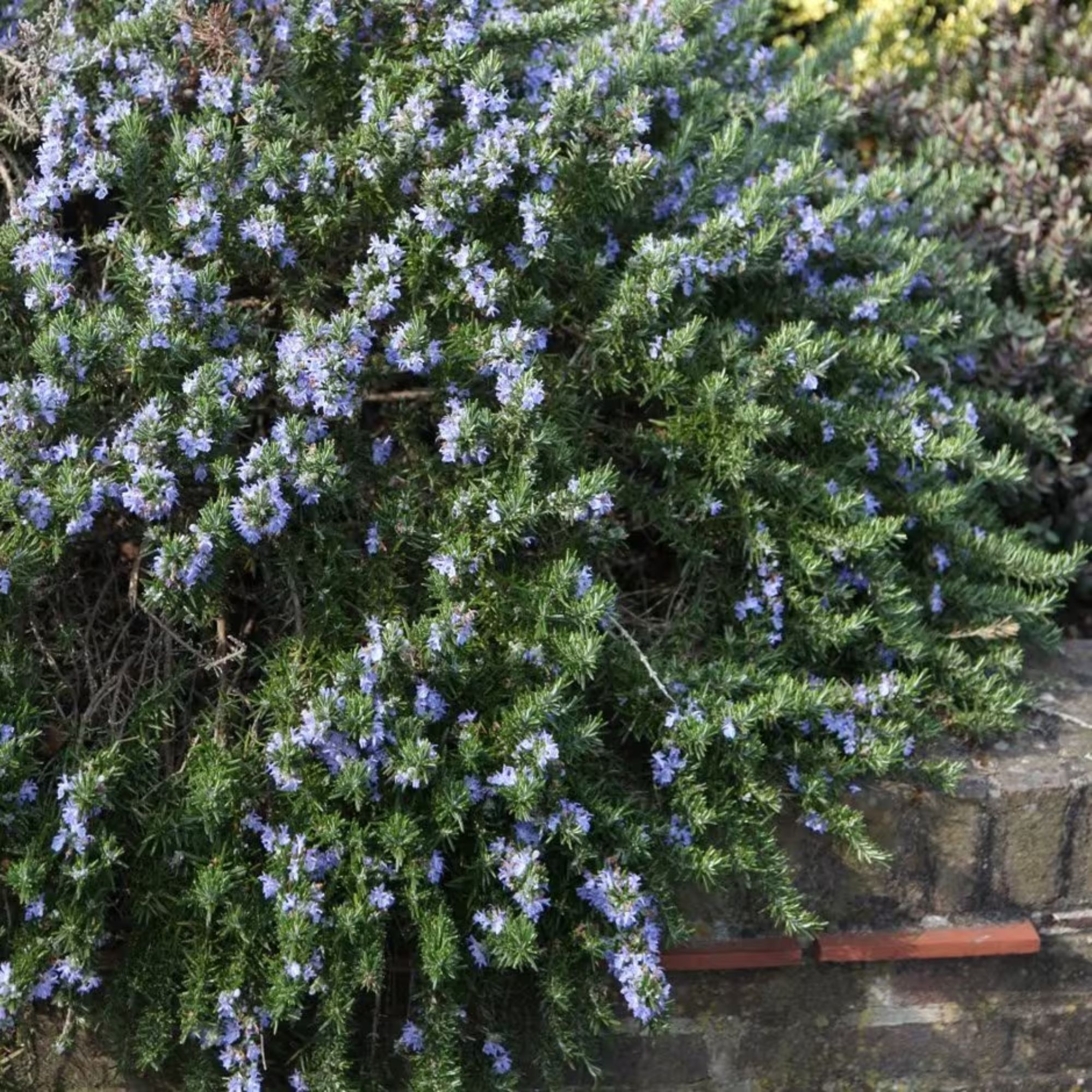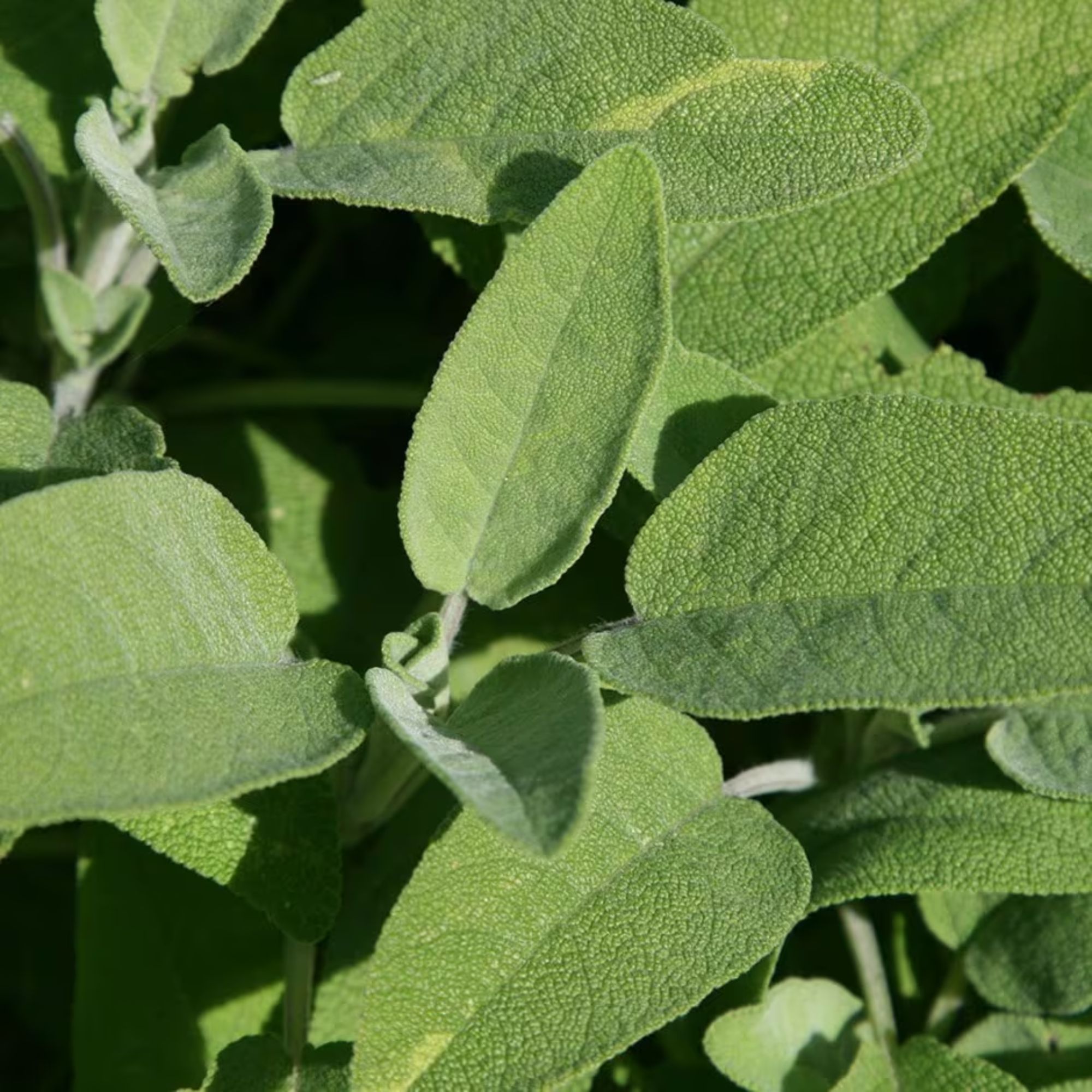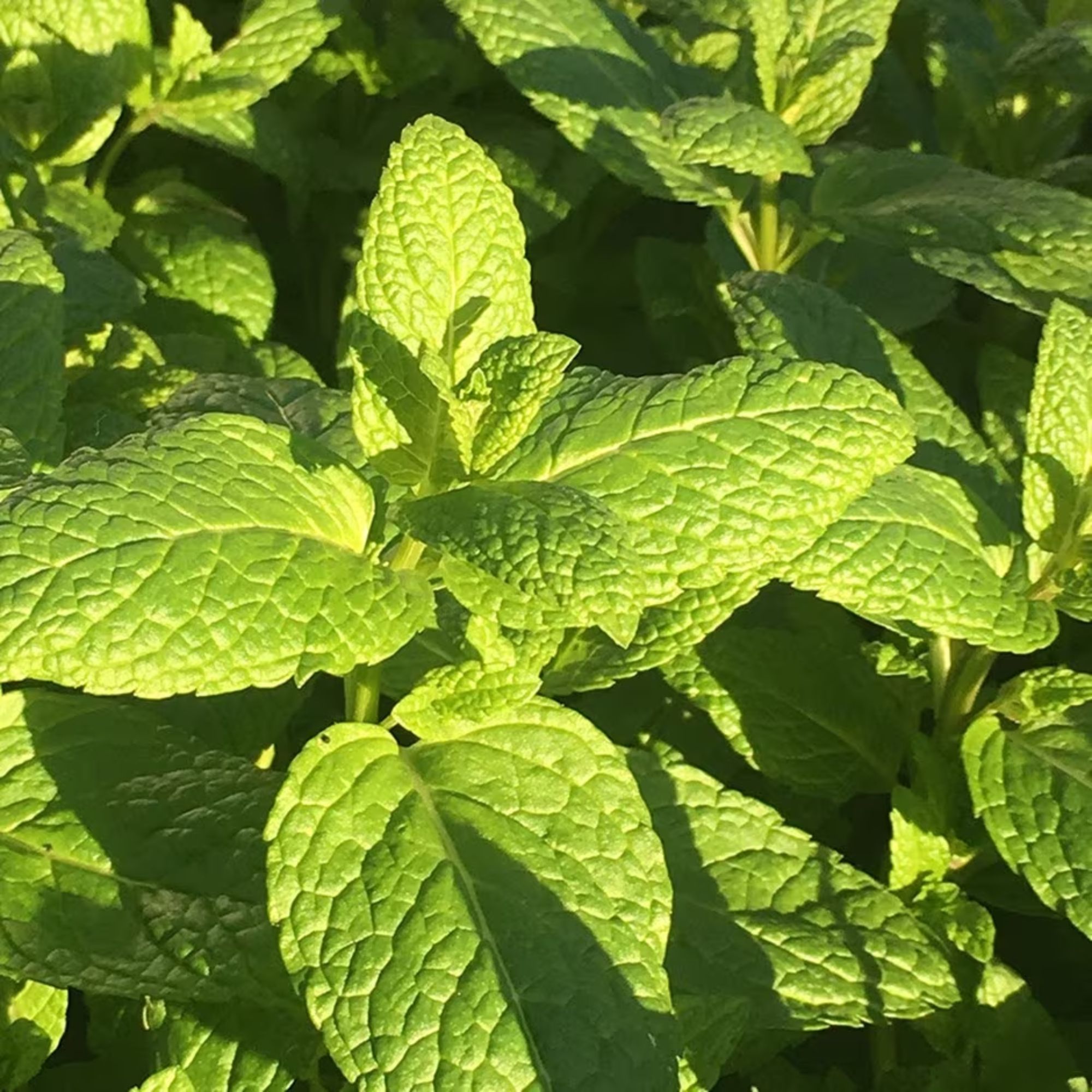7 low-maintenance border plants for an easy beautiful garden
The plants that will guarantee a colourful garden border in exchange for little to no effort


Low-maintenance border plants are a gardener's secret weapon to a beautiful outdoor space with minimal effort.
There's nothing quite like a slew of stylish garden border ideas to keep your outdoor space looking its very best, but, with so many garden jobs to keep on top of, a lot of us prefer to keep things as simple as possible.
Here's the thing, though: you don't have to pour loads of effort into your borders for them to look good. In fact, there are plenty of low-maintenance border plants, which means you don't have to spend lots of your precious time tending to them once they're in.
'Adding a border in the garden is a great way to add structure and interest, and when plants are chosen carefully, they can be a great low-maintenance way to add simple definition and colour,' says Claire Hooper, plant area manager at Hillier Garden Centres, Winchester.
With that in mind, then, here are some of our favourite plants to include when creating a simple yet aesthetic border...
1. Lavender
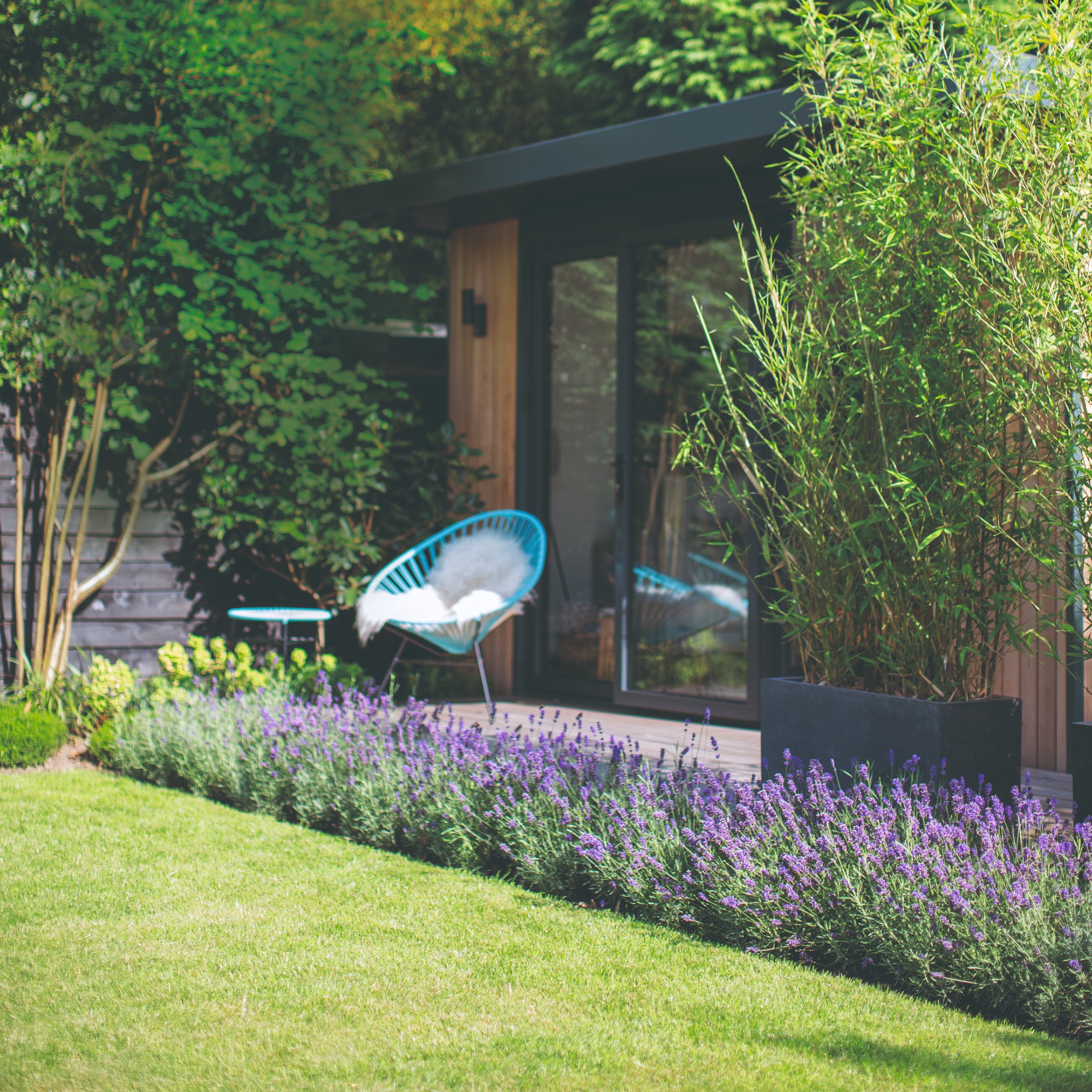
If you've already learned how to grow lavender, you're in luck; it's one of the most beloved low-maintenance border plants around, and suited to almost any setting – including a coastal garden!
'Lavender is an excellent low-maintenance choice for garden borders due to its aromatic fragrance and eye-catching flowers,' says Claire.
Sign up to our newsletter for style inspiration, real homes, project and garden advice and shopping know-how
'Once established, it is drought-tolerant and can go a long duration without being watered or fertilised. It is also naturally resistant to many common pests and diseases, and thrives in poor and nutrient-restricted soil so is a great shrub to introduce for easy border colour!'
Be sure to opt for a compact form of the popular English lavender, like Lavandula angustifolia 'Hidcote' from Crocus.
2. Verbena bonariensis

Another one of those drought-tolerant plants we love, verbena bonariensis make for beautiful garden borders, requiring only the lightest of deadheading sessions come the autumn.
'Tall stems with clusters of vibrant purple flowers on, verbena is a really easy plant to grow and care for. It needs little attention and grows well even in drought conditions,' says Morris Hankinson, director of Hopes Grove Nurseries.

Morris Hankinson is the founder and managing director of Hopes Grove Nurseries Ltd, the UK’s only specialist grower-retailer of hedging plants. He established the thriving business in 1992, shortly after graduating with a Commercial Horticulture Degree from Writtle College, Essex.
By way of caution, he adds that these low-maintenance border plants do 'readily self seed but that means more plants for free, and, if you don’t want them all over the garden, they are easy to pull up'.
Where to buy verbena bonariensis:
- Crocus: try the verbena bonariensis 'Vanity'
- Sarah Raven: a handful of beautiful varieties of verbena
- Thompson & Morghan: try the classic verbena bonariensis
3. Alliums
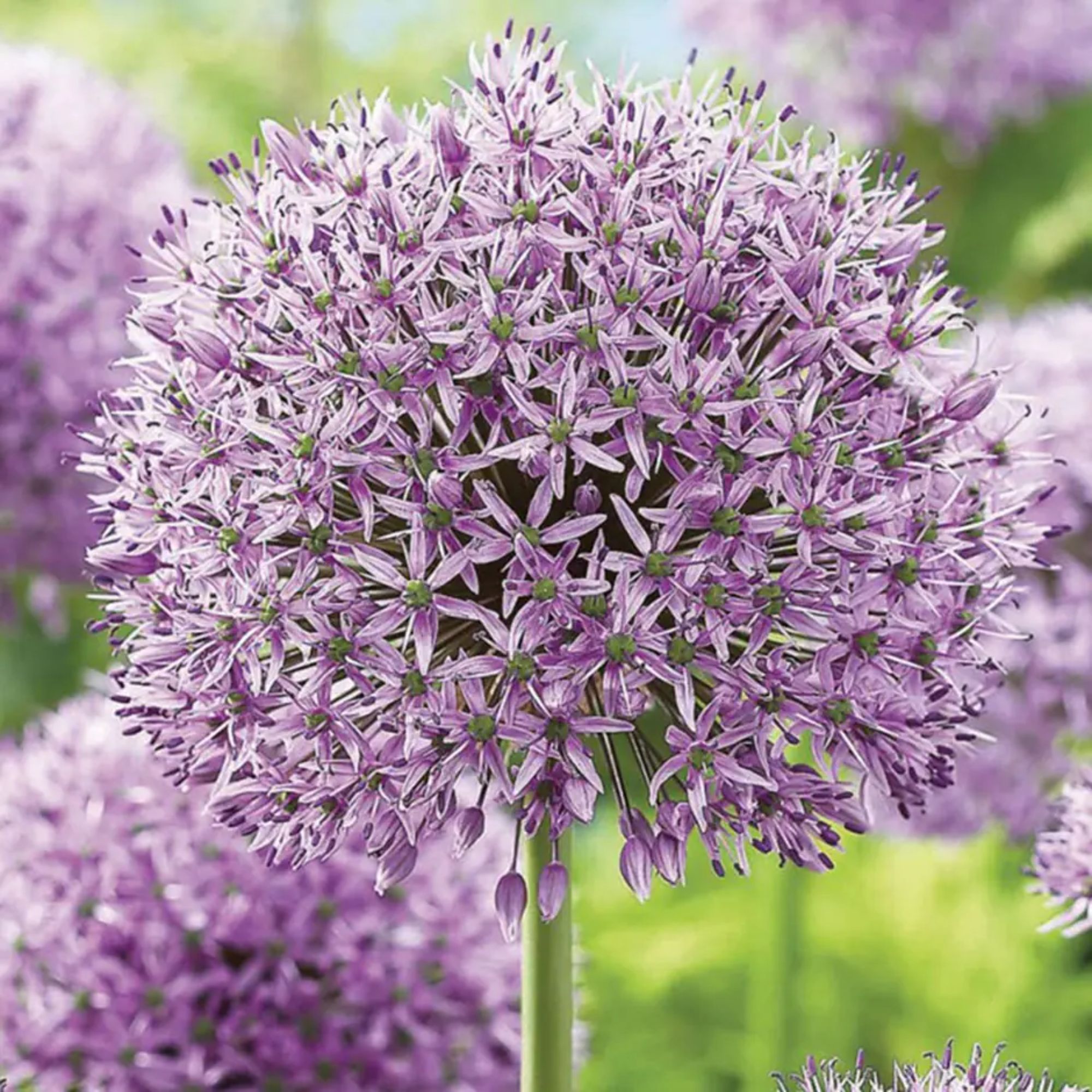
Incredibly popular at the RHS Chelsea Flower Show year after year, plant allium bulbs for one of those low-maintenance border plants that really packs a punch – not least of all because it's beloved by bees and thus perfectly suited to a wildlife garden.
'Alliums are a striking and unique feature in a garden border with their tall stems and stunning spherical blooms,' says Claire from Hilliers.
'Like lavender, alliums are also incredibly drought-tolerant and resistant to many common pests. In fact, their scent is believed to repel many pests making them an excellent companion plant. Although tolerant to many conditions, alliums prefer full sun and thrive in well-drained soil. Their hardy yet unique appearance makes them an ideal and distinctive addition to any border.''
There are plenty of varieties to choose from, but we're big fans of the Allium 'Gladiator' from Crocus (pictured above).
4. Wildflowers
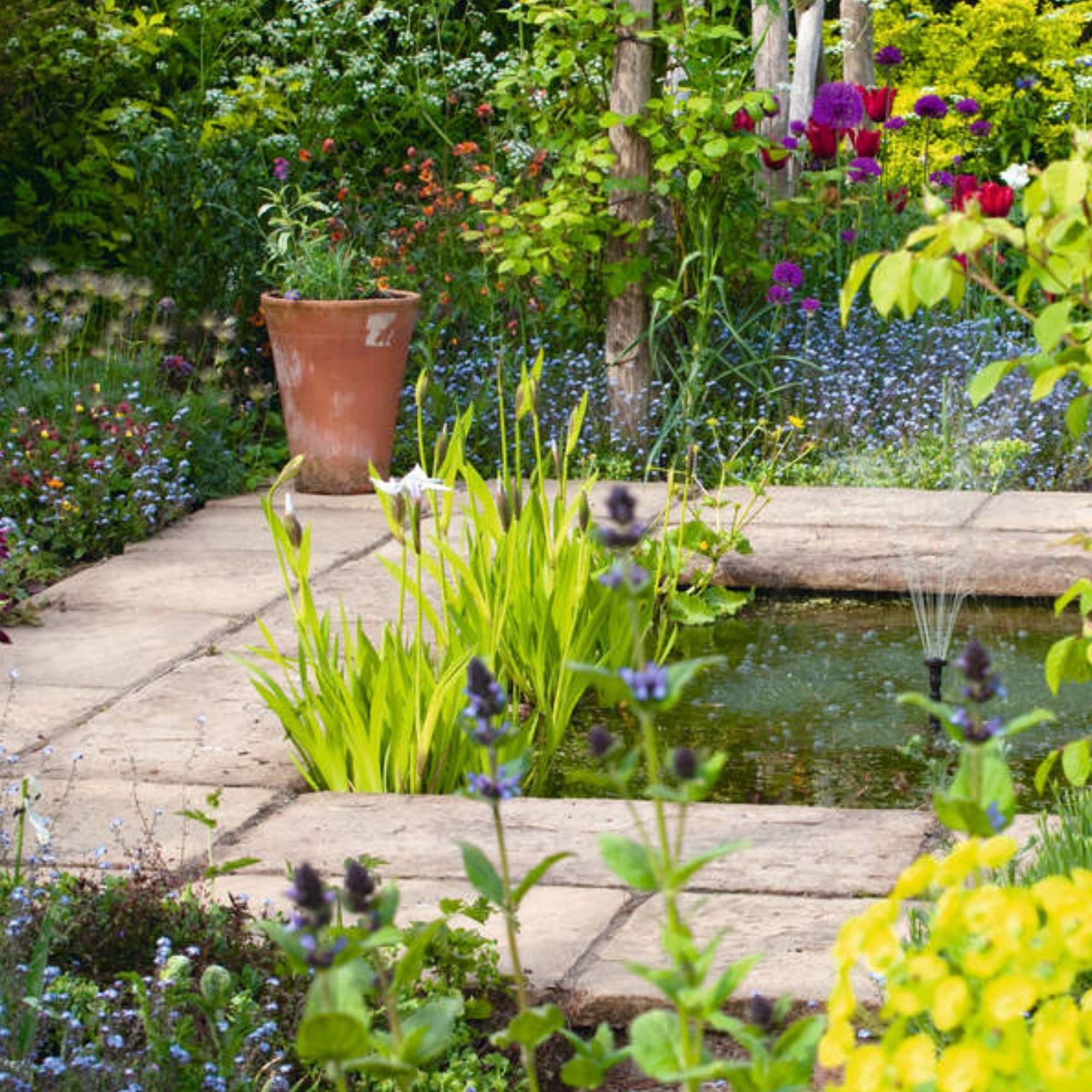
If you've been dreaming of a wildflower garden, you're in luck; you can actually plant wildflower seeds very successfully in a small space, making for the ultimate in low-maintenance garden borders.
'Wildflowers are an accessible and easy addition to the garden,' promises Emily Lambert, conservation scientist and co-founder of disruptive wildflower gardening company, Seedball.
'Not only do they add bursts of gorgeous colour, but they are also known for being low-maintenance and easy to care for, making them perfect for all gardening abilities. What’s more, wildflowers provide pollinators, like bees and butterflies, a rich and constant supply of nectar and pollen through the late spring and summer months.'
You can buy a ready-made wildflower seed mix from Thompson & Morgan or try blending your own: we recommend purple coneflower, milkweed and zinnias if you want a lot of colour!
'When picking out wildflower seeds, choose a wide variety of species (diversity is good!) and a mix of annuals and perennials to combine quick bursts of flowers with longer-term blooms,' adds Emily.
'And of course, you can plug the seasonal gap with winter flowers such as cyclamen for those pollinators which might buzz around on a warmer winter day and require a snack!'
5. Salvia
One of the best perennial plants around, it's little wonder so many rate salvia as a brilliant low-maintenance border plant.
'There are many types of salvia, all which grow really well in garden borders and are easy to maintain,' says Morris.
'Salvia ‘Hot Lips’ (available at Primrose) is one that most gardeners will recognise for the red and white flowers, but there are many others including the popular Salvia nemorosa ‘Caradonna’ which has tall spires of purple flowers and lots of green foliage. It can cover a good space in a border and looks great with other colourful plants or in calming white and green borders as well.'
6. Sedum
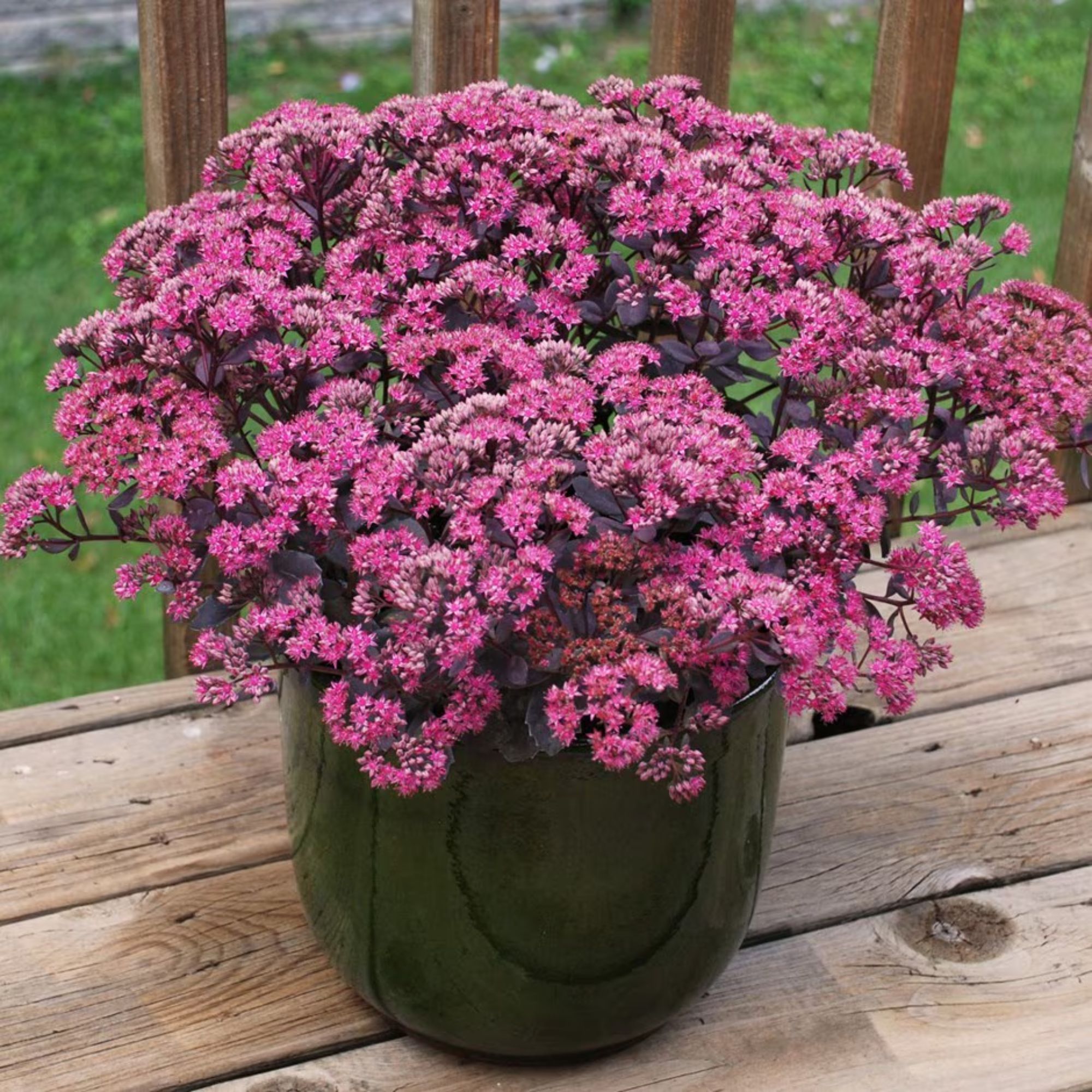
Learning how to grow sedums is simple, making them one of the best low-maintenance border plants you can add to your garden.
'Sedums are a succulent, meaning they store water in their leaves and can tolerate dry conditions well, therefore reducing the need for regular watering,' says Claire from Hilliers of these low-maintenance border plants.
'They can grow in a variety of conditions so are likely to thrive wherever you place them. Their fleshy, thick leaves and stems offer a striking contrast to their bold, colourful flowers. These low-lying beauties will add depth to your borders and complement accompanying blooms effortlessly.'
There are many varieties available, but we're big fans of the Hylotelephium 'Dazzleberry' (PBR) (SunSparkler Series) from Crocus for a real pop of colour.
7. Herbs

Thinks herbs are just for your kitchen windowsill? Think again, as Morris says they make excellent low-maintenance border plants, too.
'Many herbs are easy to grow, great to attract pollinators and useful in the kitchen,' he says.
'Mint and lemon balm can be grown in pots (otherwise they will take over your garden) or plants such as rosemary, sage, and oregano are all easy to care for in well drained soil.'
FAQs
What is the best low maintenance edging?
Wildflowers make for the best low maintenance edging, as well as alliums, verbenas, sedums, salvias, lavender, and other herbs.
Morris Hankinson from Hopes Grove Nurseries also rates echinops as a good option, describing it as 'a clump forming perennial that grows tall usually, although there are smaller varieties available, with lilac spikey looking flower balls on the top of each stem'.
'It’s a magnet for pollinators and really easy to grow, needing little maintenance,' he adds.
How do you make a low maintenance border?
The trick to planting a low-maintenance border is selecting the right plants; you want resilient perennials that can handle all sorts of weather conditions.
It's also a good idea to use bark to stop weeds taking over your garden borders, so you don't have to spend ages digging them out. And don't forget that mulching is a brilliant way to keep your plants hydrated, too.
Which of these low-maintenance border plants will you be using in your garden? Personally, we think we'll be planting a mix of them all, for an outdoor space that really makes an impact...

Kayleigh Dray became Ideal Home’s Acting Content Editor in the spring of 2023, and is very excited to get to work. She joins the team after a decade-long career working as a journalist and editor across a number of leading lifestyle brands, both in-house and as a freelancer.
